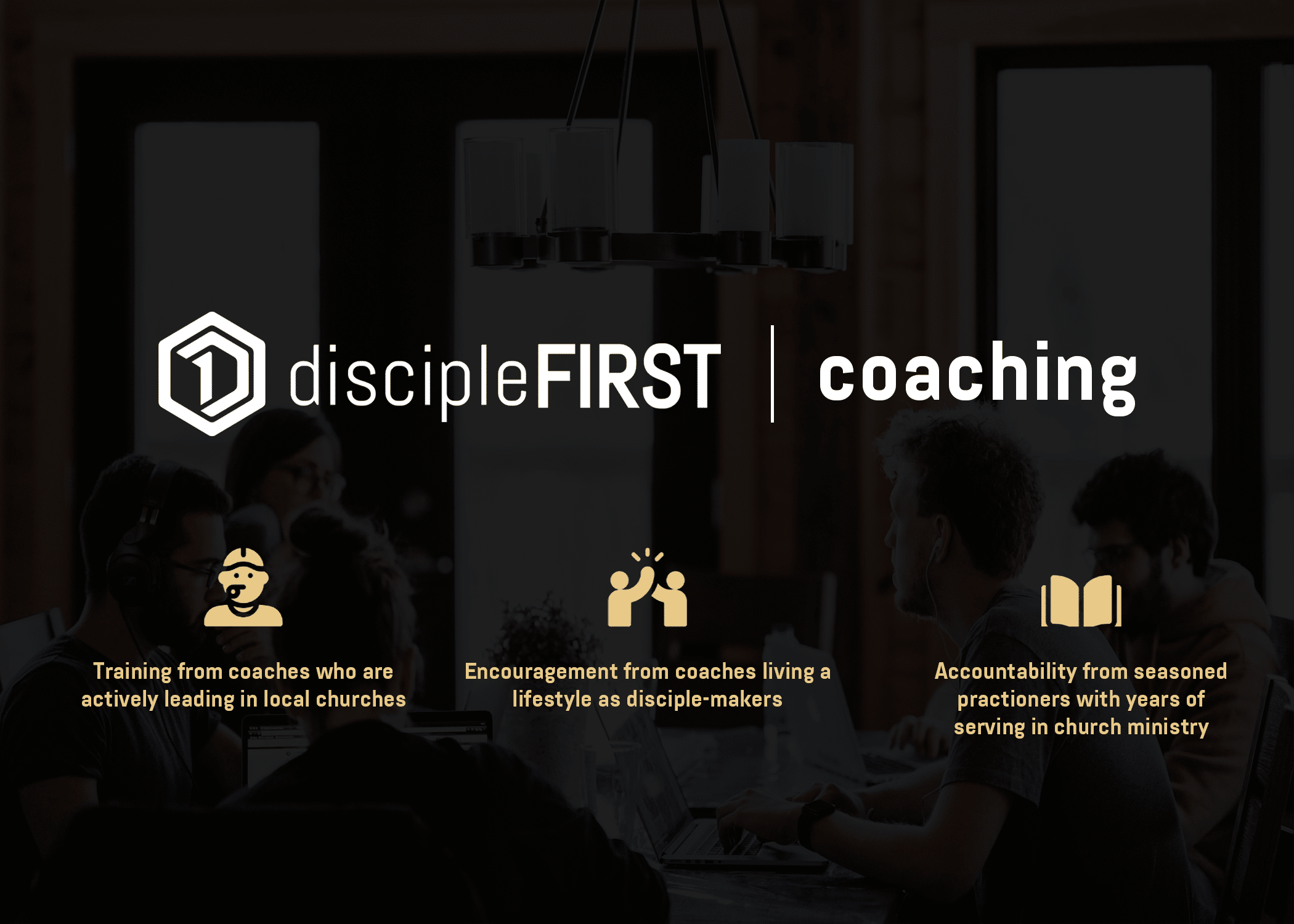The Challenge of Effective Communication
At every step along the way, you’ll need to communicate your plans for the future. As one person wisely said, “The most common mistake in communication is the assumption that it has taken place.” Just because you say something doesn’t mean people hear you, and just saying it once doesn’t mean everyone is on board. To effectively communicate your church’s vision and direction, you must reach various people in different ways.
Introducing Cascading Communication
Over twenty years of ministry, I’ve developed a practice I call “Cascading Communication.” Picture a multi-level waterfall: water flows down from the top to each level below until it reaches the pool at the bottom. Similarly, effective communication flows from you through various levels of leadership before it reaches the whole church. If you touch each level, the entire church will receive a cohesive and clear vision. If you skip levels, however, you risk confusion and division.
The Levels of Cascading Communication
1. Start with Personal Clarity
Cascading communication begins with you, the leader. You must be absolutely clear on your direction. If your vision is misty in your mind, it will be a fog to others. I often spend time with the Lord, seeking clear guidance and promises from His Word. I also consult trusted advisors who understand my heart and mission, and I might speak with key influencers, or “tribal chiefs,” in the church to secure early buy-in.
2. Engage Your Leadership Team
The next level is your core leadership team, whether that’s church staff or key volunteers. It’s essential to engage your team, ensuring that they’re aligned and fully on board. Involve them in planning, goal-setting, and evaluation. Consensus here is critical for the broader church’s buy-in.
3. Reach Larger Leadership Groups
This level includes bodies like a leadership council, elders, or deacons who give church oversight. In these smaller groups, you can address questions, discuss concerns, and gather input. Once you’ve gained support here, you’re ready to communicate with larger groups.
4. Include Ministry Area Volunteers
As you expand communication to groups like small group leaders or department coordinators, the approach changes. Here, you’re primarily casting vision and aligning their efforts with the larger church direction.
5. Engage All Volunteers
Next, you’ll need to connect with all volunteers. This could be through a banquet or training session, where you cast the vision with leadership’s backing. This stage emphasizes direction and alignment rather than gathering input.
6. Communicate to the Entire Church
Finally, communicate with the congregation at large through a vision-casting sermon, newsletter, or Q&A sessions. By this point, your leaders and volunteers are aligned, presenting a united front to foster congregational support for the vision.
Avoiding Pitfalls and Leading with Patience
This process takes time, and rushing it can undermine unity. Quick change might seem efficient, but without the trust built through careful, layered communication, it will lack cohesion. The shift from tradition to intentional evaluation is essential for lasting impact. Leaders who skip planning, evaluation, or communication steps fail to lead, risking the mission Jesus placed in our hands. May the Lord grant you wisdom and courage as you lead your church with clarity and unity.
This blog features an excerpt from one of our books, Bold Moves.







